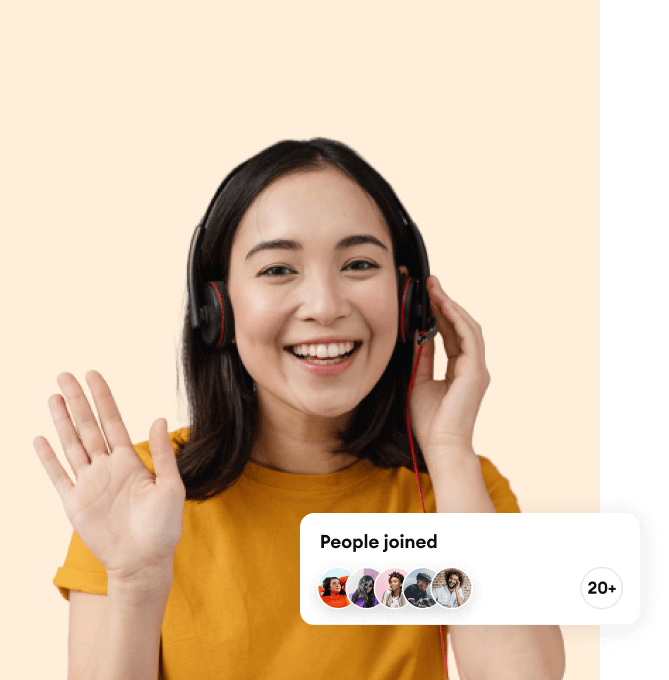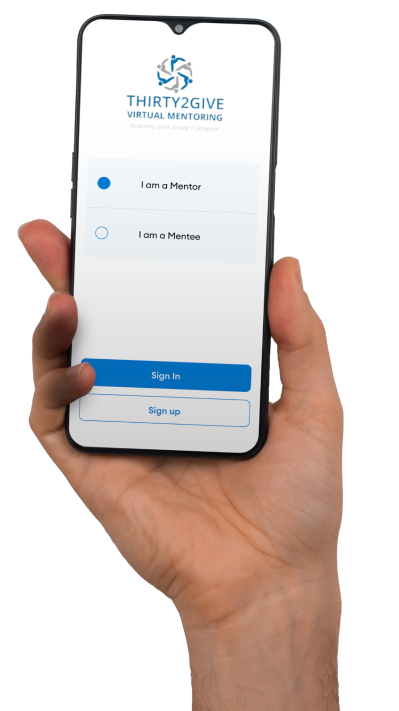
Both hierarchical and peer mentoring have been shown to positively impact traditional indicators of college student success, such as average GPA, credits earned, and retention (Campbell & Campbell, 2007, pp. 137, 143; Colvin & Ashman, 2010, p. 128). In addition, researchers have established that both approaches facilitate new students’ adjustment to campus (Pascarella & Terenzini, 2005; Ruthkosky & Castano, 2007) and increase students’ satisfaction with their universities (Tenenbaum, Crosby, & Gliner, 2001, p. 326; Ferrari, 2004, p. 303).
A growing literature in higher education discusses the potential benefits of integrating alumni more closely within the university community. These benefits include access to resources through philanthropy or industry collaboration, marketing and promotion of the university, and alumni’s potential to help students to support graduate employability (Ebert, Axelsson, & Harbor, 2015; Heckman & Guskey, 1998; Pearson, 1999).
Within alumni mentoring programs, there are two distinct streams that are aimed at different audiences. One stream is aimed at helping disadvantaged groups, such as first-in-family and/or students who may be on particular equity-related scholarships (e.g., Boardman, 2003; Colvin & Jaffar, 2007).
The second stream of alumni mentoring programs, an increasingly key institutional strategy, is connecting highly engaged/high-achieving students with industry partners. These programs often include an application process and have the additional bonus of connecting highly talented students with affiliated businesses and/or organizations.
The findings on alumni mentoring programs have been largely positive, particularly for student outcomes. Studies, for example, have found that student participants in professional/alumni mentoring programs are more likely to graduate with a job and have higher levels of satisfaction with their university experience than students who did not participate.

Counseling is an activity that is normally done by either a trained professional or a person with qualified life experience in a particular area. The outcome of the counseling process is usually an outward demonstration of beneficial change to the person being counseled.
Historically, the counseling sessions occurred face to face. The social distancing resulted by the pandemic has changed the counseling model. People are socially distant – they live and work remote and apart from others.
Mobile based individual and group interventions is a promising strategy to overcome the obstacles. Using cell phones, online group chats are changing the delivery model of counseling. Therapy can now be delivered through chat texting in individual and group modalities. Research has shown that the online chat therapy actually mirrors the traditional face to face therapy and includes “rapport-building, assessment, goal-setting, engagement, closure, and followups.
Participants in online counseling can expect to feel a greater sense of wellbeing, confidence, control, social and emotional support.


Subscribe to our community and receive exclusive offers and latest updates latest updates
